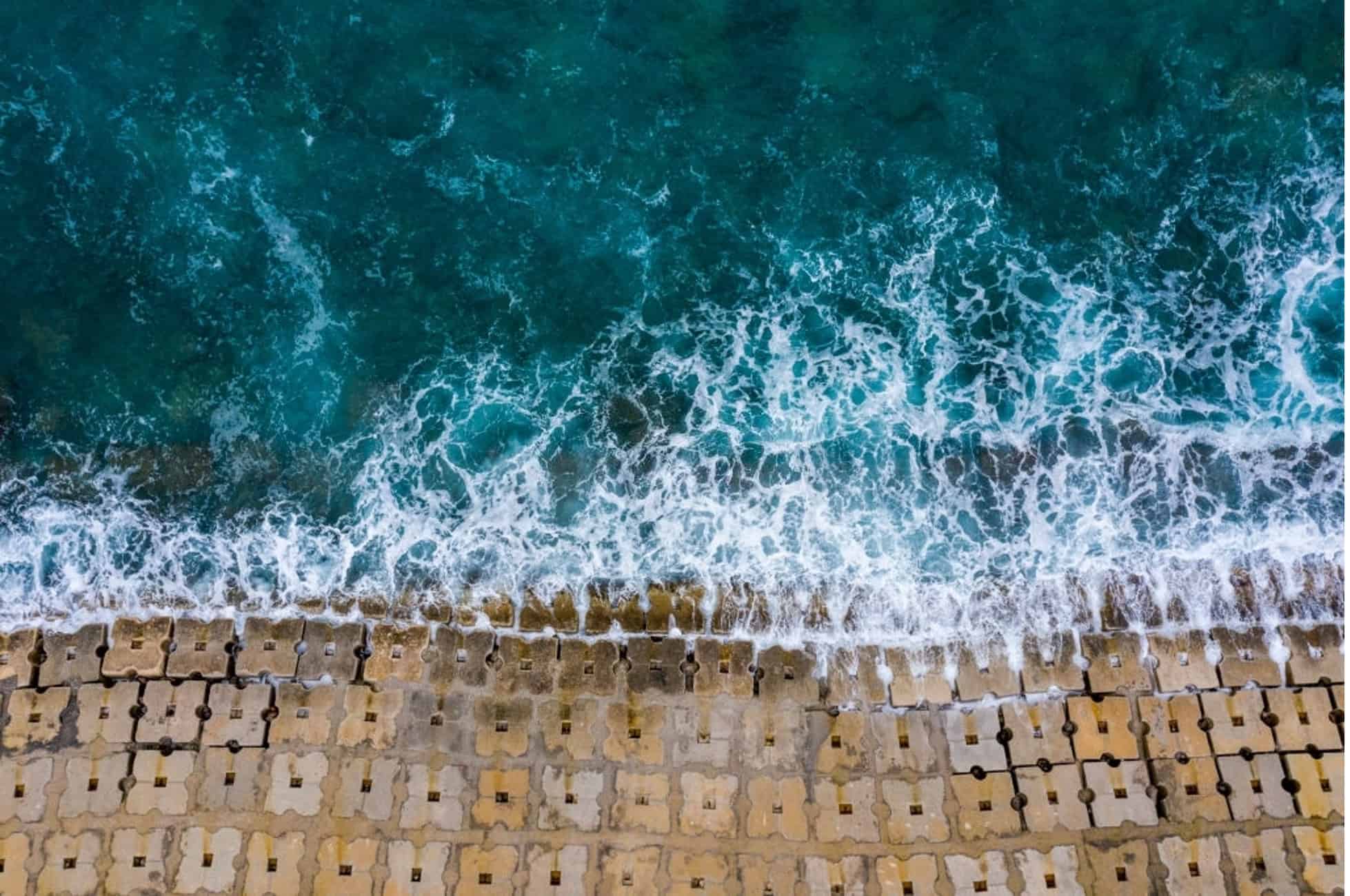
There is a wide range of factors that have to be considered while constructing and retaining a wall.
Whether you are going to install the wall for commercial purposes or in residential properties, you have to make sure that you are using the best available geosynthetics to acquire maximum benefits of the retaining walls.
Following are some of the important factors that you should consider while designing the retaining walls:
The most important thing in choosing a perfect location for a retaining wall is the fact that you must have thorough information about the property lines and other important factors like soil texture, drainage patterns, and slope of the property.
Soil plays a critical role in retaining walls because you have to make sure that a suitable type of material like a geotextile wall is used according to the soil type. It will make sure that a strong foundation is created to support the wall. Important factors include the type of soil, bearing capacity, and friction angle.
Generally, the soil that is firm and strong is preferred to provide maximum support to the wall. Moist or wet soils can cause a variety of issues in the geotextile installation process. Moreover, soil in freezing areas tends to expand and contract, which can severely damage the wall.
Before starting the installation of retaining walls, you have to determine the number of factors about the design itself to make sure the construction process goes smoothly and efficiently.
Such factors include evaluation of the wall heights, footprint sizes, and setback angles. Other technical aspects also have to be considered to make sure you are making the right choice in terms of using the best material for the retaining wall.
It is highly possible that gravity alone will not be enough to support your wall. As a result, you will have to make use of some reinforcement methods to support the wall and ensure its longevity.
Generally, geosynthetics like geogrids are used for wall reinforcement purposes. For instance, geogrids can be placed between the layers of retaining wall blocks to support them.
Water is the leading cause of failure for many retaining walls. Therefore, it is important that the site has a good drainage system that will make sure a large quantity of water is not accumulated in the area. As a result, the structural integrity of the retaining wall will not be compromised.
Once you have considered the above factors for the overall design and installation of the retaining walls, it is time to choose the right type of wall as per your preferences.
Following are the major types of retaining walls:
As the name suggests, gravity walls are dependent on gravity and their own weight to keep the soil together. These walls are typically made of stone and large concrete blocks. They can be as small as 4-feet or even go up to 10-feet without requiring any type of reinforcement material.
Segmental retaining walls are used to fulfil many different commercial and residential applications. They are available in both curved and straight designs, which means such walls can be installed in different sites to get maximum benefits from the available space. Geosynthetics are typically used to reinforce segmental retaining walls.
Cantilever retaining walls require much lesser construction material than a traditional gravity wall. Moreover, such walls are constructed by simply pouring the building material on the site or getting the wall through a concrete facility. It consists of two main parts called the heel and the toe. Such walls require firm soil and rigid concrete to make sure the wall is fully supported.
Counterfort walls are very tall walls with a height of about 20 to 40 feet. They are quite similar to the cantilever walls, but these walls require additional support on the backside. Generally, counterfort walls are preferred over cantilever walls when more height has to be covered.
Precast concrete or steel is used to build the sheet pile retaining walls. They are typically used along the waterfronts to prevent erosion and shoring. Anchors are also sometimes installed to support the wall.
A major benefit of the panel wall is that you can use them in limited spaces. These are installed in areas of heavy loads, such as highway ramps. Many companies provide customized panel walls, so it is very easy to find suitable panel walls that fit the unique requirements of a property.
These are some of the most popular retaining walls being used all over the world for different purposes.
In the end, you should remember that whichever type of wall you might be using for your project, your goal should be using the best geosynthetic material for reinforcement and ensuring the site is fully inspected to make the right choices.
For more information feel free to get in touch with us.
Copyright © Gateway Structure Sdn Bhd (199401025111). All Right Reserved.